Optimal Timing for Drywall Replacements
Drywall replacements are often scheduled based on environmental conditions, project scope, and property usage. The optimal timing ensures minimal disruption and effective results, especially when considering factors like humidity, temperature, and occupancy patterns.
Spring and summer months typically provide ideal conditions for drywall work due to lower humidity and stable temperatures, which facilitate proper drying and curing.
Avoid scheduling drywall replacements during rainy or humid periods to prevent moisture issues that can compromise the integrity of the installation.
Immediate replacements may be necessary after water damage or structural issues, regardless of season, to prevent further deterioration.
Planning around periods of low occupancy or renovation windows can reduce inconvenience and allow for more efficient work.
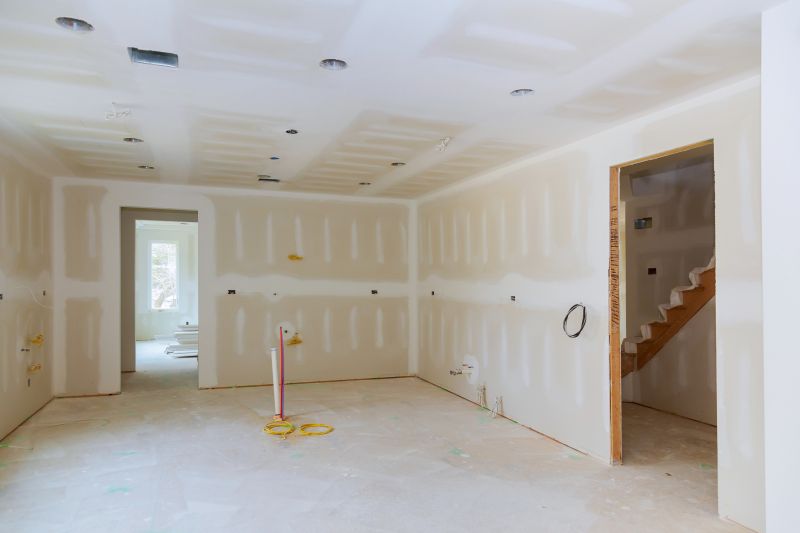
Ways to make Drywall Replacements work in tight or awkward layouts.
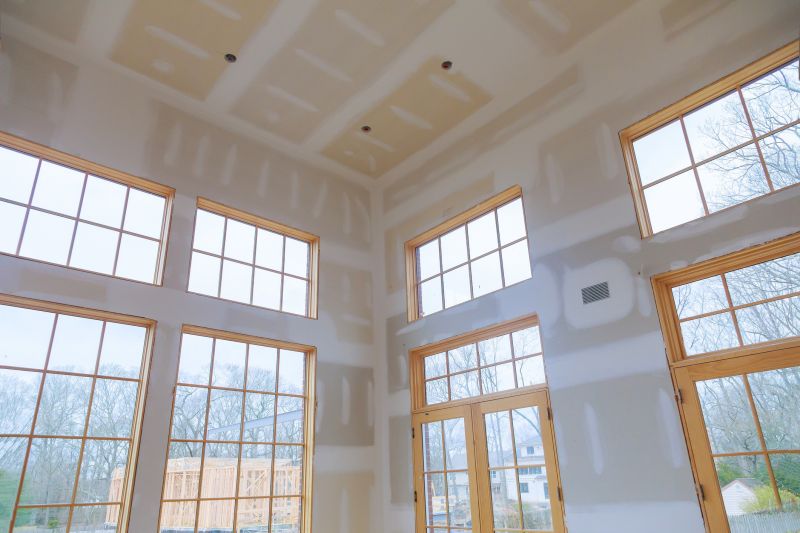
Popular materials for Drywall Replacements and why they hold up over time.

Simple add-ons that improve Drywall Replacements without blowing the budget.
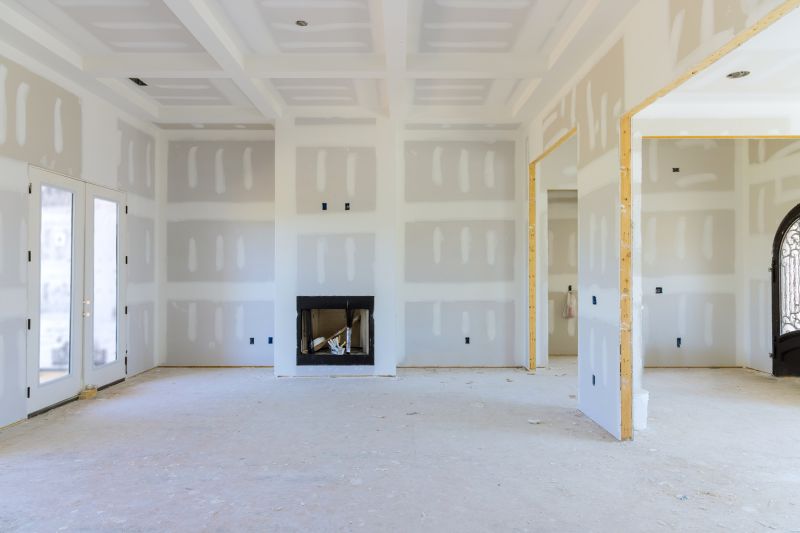
High-end options that actually feel worth it for Drywall Replacements.
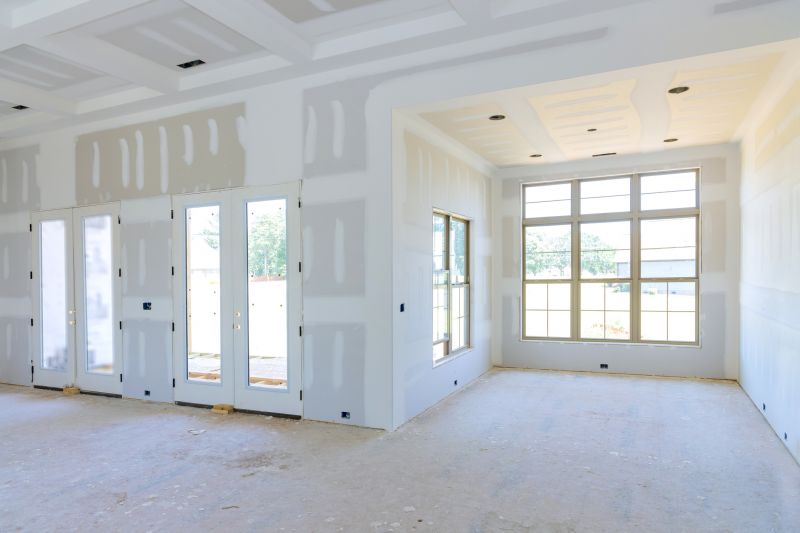
Finishes and colors that play nicely with Drywall Replacements.
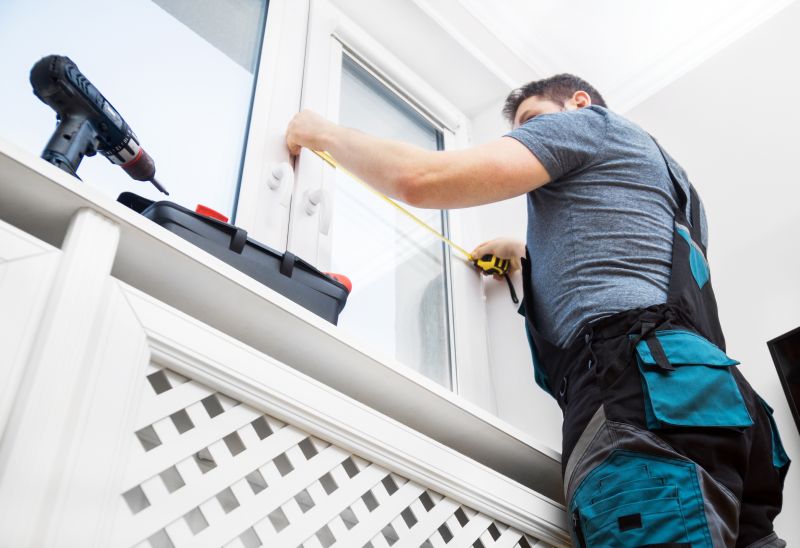
Little measurements that prevent headaches on Drywall Replacements day.
Drywall replacements are a common solution for repairing damaged walls, upgrading interior surfaces, or preparing spaces for renovation. The process involves removing compromised drywall, treating underlying issues such as moisture or mold, and installing new panels. Proper timing enhances the durability and appearance of the finished surface.

A 60-second routine that keeps Drywall Replacements looking new.
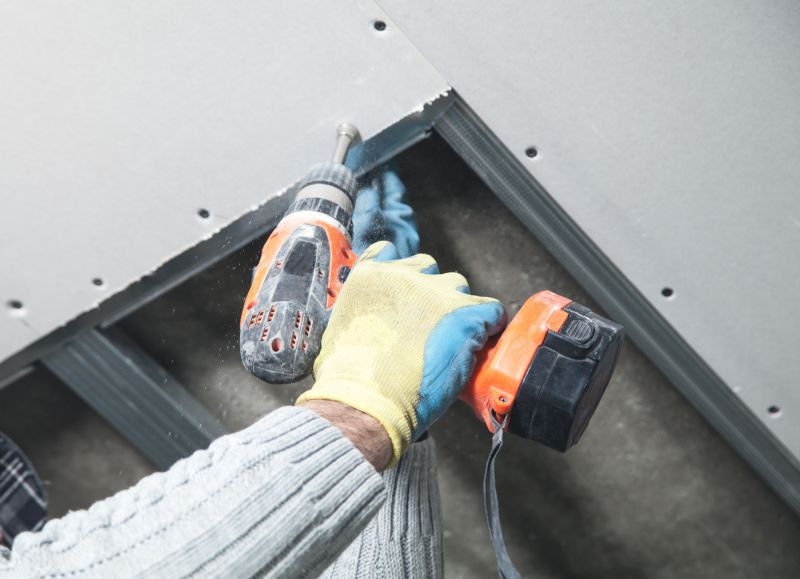
A frequent mistake in Drywall Replacements and how to dodge it.

Small tweaks to make Drywall Replacements safer and easier to use.
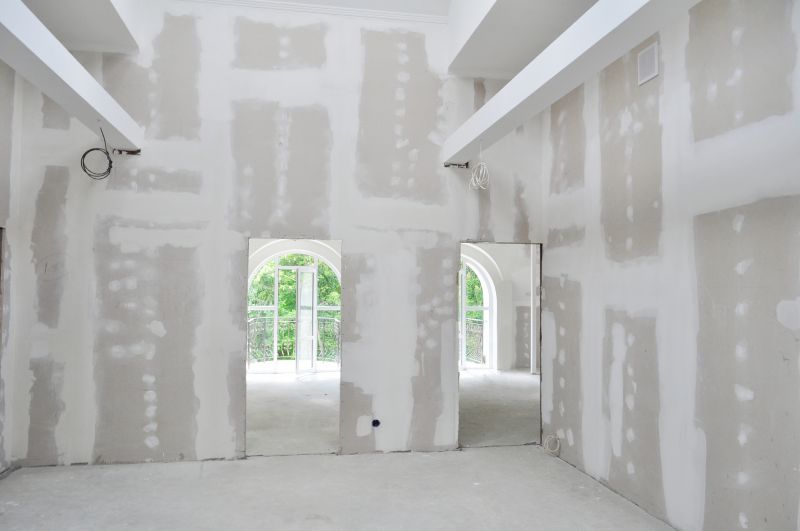
Lower-waste or water-saving choices for Drywall Replacements.
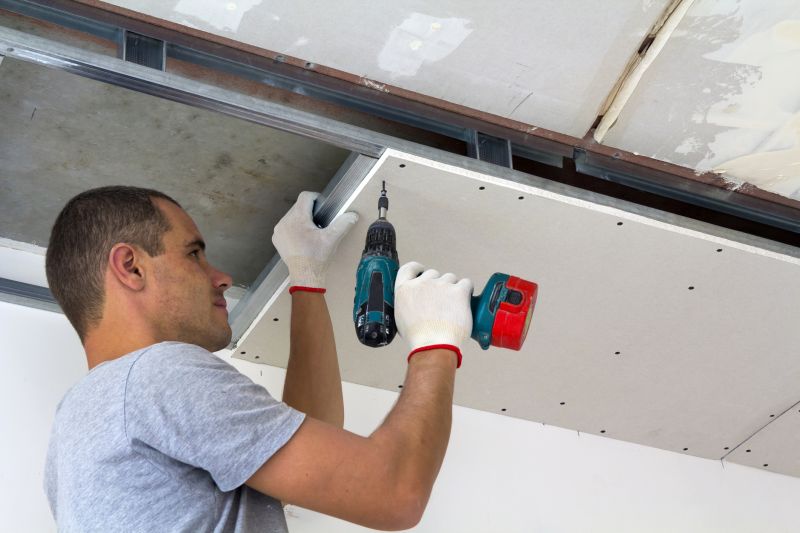
The short, realistic tool list for quality Drywall Replacements.
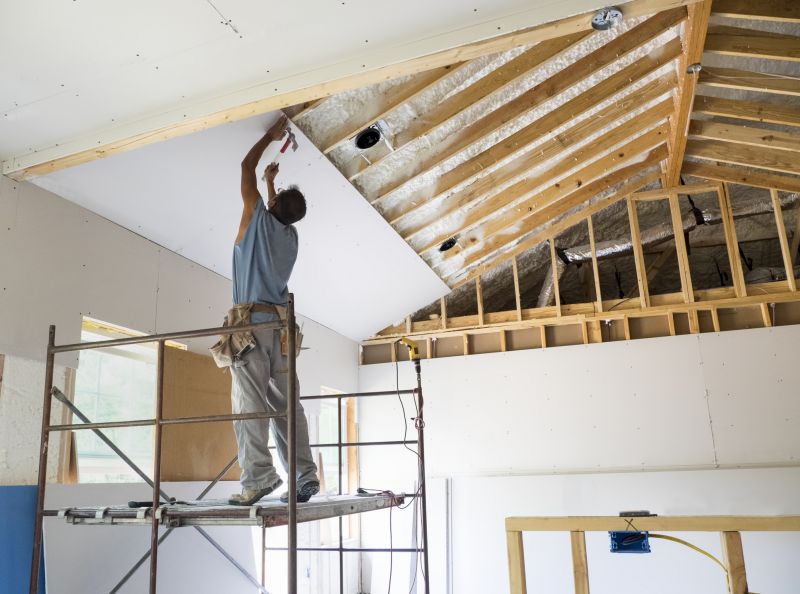
Rough timing from prep to clean-up for Drywall Replacements.
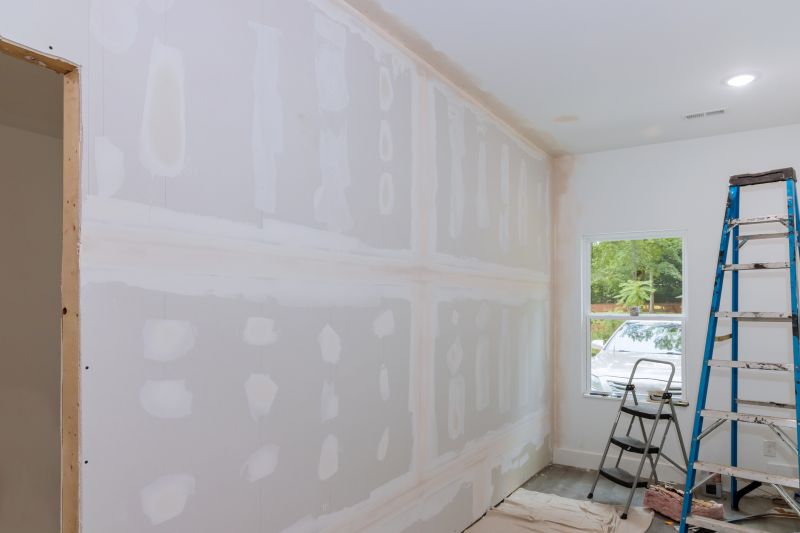
Quick checks and paperwork to keep after Drywall Replacements.
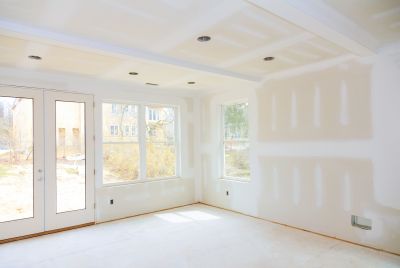
Examples that show the impact a good Drywall Replacements can make.
| Aspect | Details |
|---|---|
| Optimal Seasons | Spring and summer for best drying conditions. |
| Weather Conditions | Avoid during rainy or high humidity periods. |
| Occupancy Considerations | Schedule during low occupancy for minimal disruption. |
| Building Age | Older buildings benefit from dry seasons for better results. |
| Urgent Repairs | Water damage or structural issues may require immediate action. |
| Environmental Factors | Temperature stability aids in proper drywall curing. |
| Project Scope | Large-scale renovations may need longer planning. |
| Moisture Control | Ensure underlying moisture issues are addressed before replacement. |
Interested in scheduling drywall replacements? Filling out the contact form provides a straightforward way to discuss project details and plan for the optimal timing based on specific needs and conditions.
